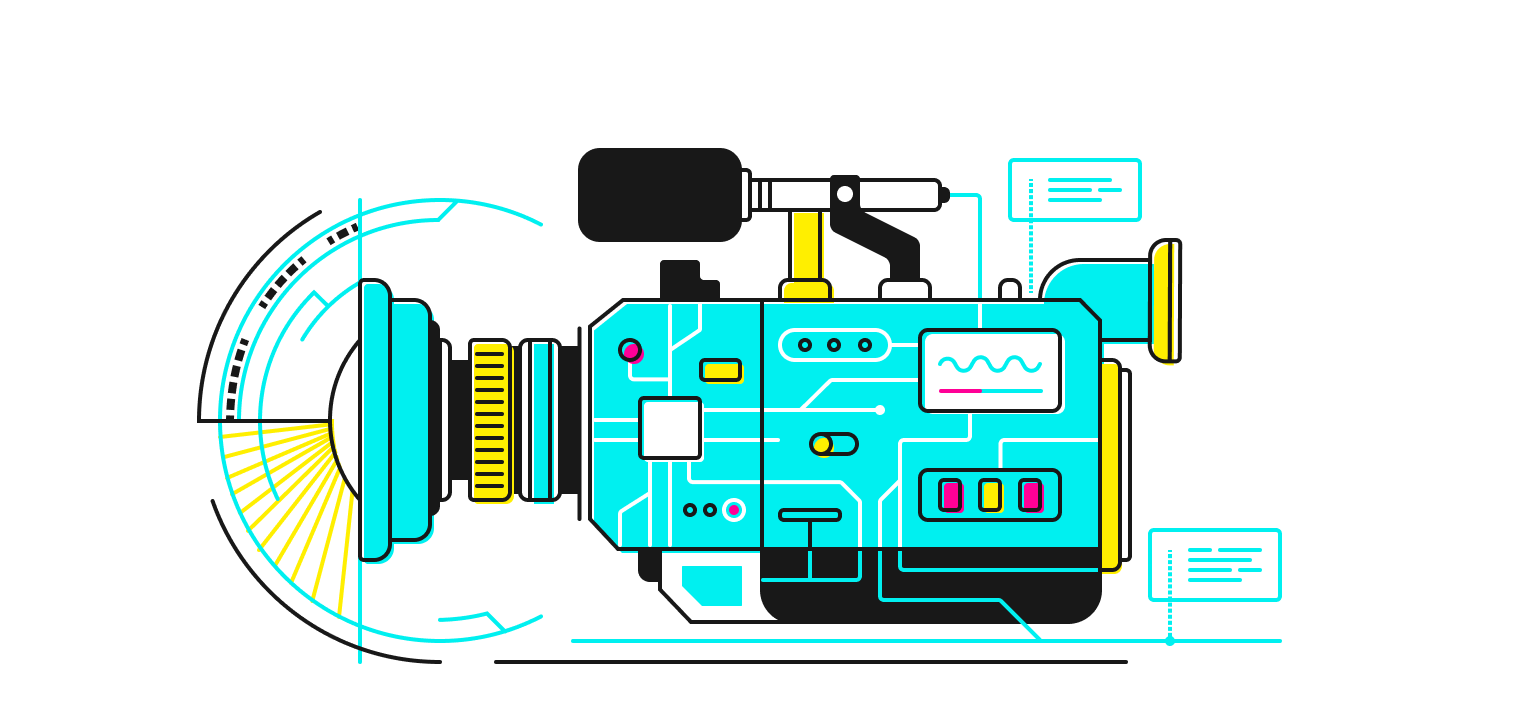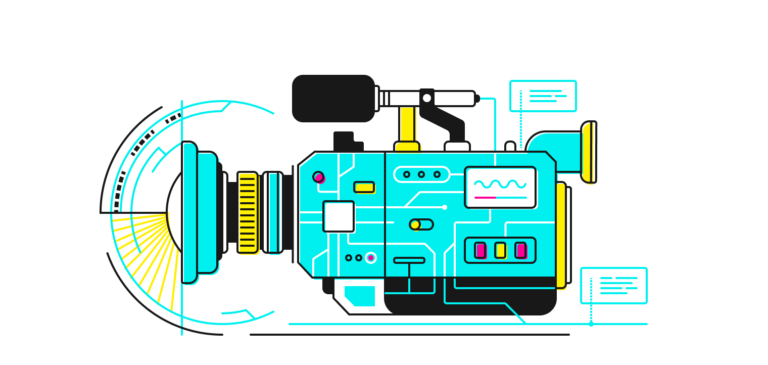
The evolution of artificial intelligence (AI) is rapidly transforming creative industries, and video production is at the forefront of this revolution. From automated editing to real-time rendering, AI tools are making video creation more accessible, efficient, and powerful than ever before. The traditional barriers of high cost, specialized skills, and time-consuming workflows are being dismantled by intelligent systems that learn, adapt, and assist creators at every step.
AI is no longer a buzzword in the media industry; it is a practical tool being used by professionals, marketers, educators, and hobbyists alike. This shift has led to the democratization of video content creation, enabling users to produce high-quality visuals without needing deep technical expertise or expensive equipment.
Democratization of Video Creation
One of the most significant changes AI brings to video production is accessibility. Previously, creating a professional-grade video required a team—directors, editors, sound engineers, and animators. Today, AI-driven platforms allow individuals to create engaging videos with minimal resources. These platforms utilize pre-trained algorithms capable of understanding context, tone, and visual storytelling elements.
Whether it’s generating subtitles in real time, auto-selecting the best scenes from hours of raw footage, or synchronizing background music to match the emotion of a scene, AI enhances both the speed and quality of content creation. Even those with no prior experience in video editing can now produce polished videos with ease.
Automation and Enhanced Workflow Efficiency
Time is often the most expensive currency in content production. AI automates repetitive and mundane tasks that typically consume hours of manual labor. For instance, AI can sort through hours of footage to find the most relevant clips, correct color grading, apply transitions, and even suggest visual effects—all in a fraction of the time it would take a human editor.
AI-powered transcription and translation tools have also streamlined workflows for creators producing content for global audiences. By automating captions and providing multilingual support, these tools save time and broaden the reach of video content.
Personalization and Audience Targeting
Modern audiences expect personalized content, and AI makes it possible to deliver. Through data analysis and machine learning, AI helps creators understand their viewers’ preferences, enabling them to tailor content accordingly. This personalization isn’t just about what content to create but also how to present it.
For instance, AI can analyze which types of intros perform best, what video lengths generate more engagement, and what themes resonate with particular demographics. This information helps content creators make informed decisions, resulting in better viewer retention and higher ROI for businesses.
Creative Enhancement and New Forms of Storytelling
AI isn’t just about automation—it also opens up new avenues for creativity. Generative AI models can now create animations, simulate environments, and even produce deepfake characters that appear strikingly real. These capabilities empower storytellers to push boundaries and explore narratives previously impossible due to technical or financial constraints.
An emerging area in this space is ai text to video, which allows users to input written prompts and generate entire video sequences based on those inputs. This technology is revolutionizing how explainer videos, animated content, and even AI-generated films are created. With just a few lines of text, creators can bring their ideas to life in visual form, making the creative process significantly more intuitive and faster.
Real-World Applications Across Industries
The use of AI in video production extends beyond content creators and into industries such as education, healthcare, marketing, and entertainment. In education, AI-generated videos are used to create immersive learning experiences that cater to different learning styles. In marketing, AI tools help brands develop personalized video ads targeted to specific user behaviors.
In news media, AI helps in quickly generating breaking news segments using pre-trained models that convert scripts into video form, often using avatars or voice synthesis. Healthcare professionals use AI to create informative content for patients, reducing dependency on printed material or face-to-face consultations.
The scalability AI provides is crucial in all these scenarios. Whether a brand needs 10 or 10,000 customized videos, AI makes mass production feasible without compromising quality.
Bridging Skill Gaps and Lowering Costs
Another area where AI proves invaluable is in bridging the skill gap. Not everyone is a professional editor or visual designer, but AI helps bridge that divide by offering tools that guide users through the process or do most of the heavy lifting themselves.
One such platform is invideo AI, which offers an intuitive ai video maker app that simplifies the creation process. Users can choose from templates, insert their content, and let the AI handle transitions, music selection, voiceovers, and more. This allows marketers, educators, and small business owners to produce videos that look professionally made, even if they don’t have a background in video production.
By reducing reliance on human editors and expensive software, AI also significantly lowers the cost of content creation. Freelancers and startups, in particular, benefit from this affordability, allowing them to compete with larger organizations in the digital content space.
Ethical Considerations and Human Oversight
While AI presents immense opportunities, it also brings ethical challenges. For example, deepfake technology, although impressive, can be misused to spread misinformation. Therefore, transparency and responsible usage are critical in the adoption of AI video tools.
Moreover, while AI can assist and augment creativity, it should not replace human intuition and ethical judgment. Storytelling is inherently a human activity, and the best content often resonates because it reflects real emotions, perspectives, and cultural nuances. AI should be seen as a co-pilot, not the captain, of the creative journey.
Looking Ahead
The fusion of AI and video production is still in its early stages, but the trajectory is clear—AI will continue to play a more significant role in shaping how video content is conceptualized, created, and consumed. As algorithms become more advanced and accessible, we can expect even more innovative tools that empower users, break creative boundaries, and make visual storytelling universally attainable.
The future of video production will likely be one where human creativity and machine efficiency coexist seamlessly. This partnership will not only redefine what’s possible in content creation but also inspire a new generation of storytellers who use technology not as a crutch, but as a catalyst for creative exploration.
Conclusion
Artificial intelligence is reshaping the landscape of video production in profound ways. From increasing accessibility and improving workflow efficiency to enhancing creativity and expanding storytelling possibilities, AI is unlocking new potentials for creators of all levels. As long as we maintain a balance between automation and authenticity, the integration of AI into video content creation promises a more innovative, inclusive, and imaginative future.



